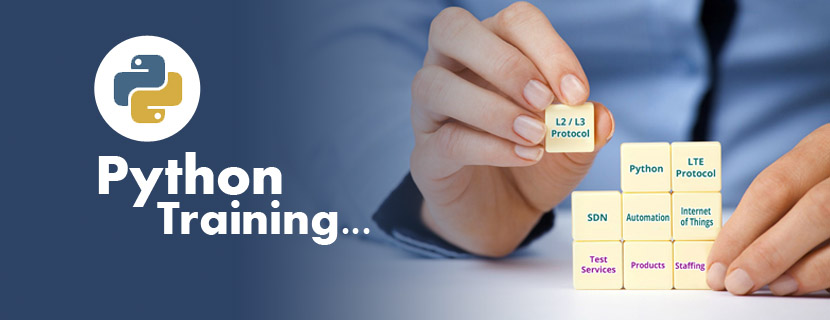Course Content
Module 1: Front-End Web Development
- HTML5
- CSS3
- JavaScript
- Front-End Frameworks (React.js, Angular, Vue.js)

Module 2: Python for Back-End Development
- Flask Web Framework
- Django Web Framework
Module 3: Databases and Back-End Integration
- SQL with Python
- NoSQL with Python
Module 4: Web APIs and RESTful Services
Module 5: User Authentication and Authorization
- AJAX and Fetch API
- WebSockets
Module 6: Front-End and Back-End Communication
- Project Setup
- Frontend-Backend Integration
- Build and Deployment
Module 7: Testing and Debugging
- Unit Testing in Python
- Front-End Testing
- End-to-End Testing
Module 8: Deployment and Cloud Services
- Web Application Deployment
- Docker
- CI/CD
Module 10: Advanced Topics
- Blogging Platform
- E-Commerce Website
- Social Media Application
- Real-Time Chat Application
Module 6: Front-End and Back-End Communication
- Microservices Architecture
- GraphQL
- Machine Learning Integration